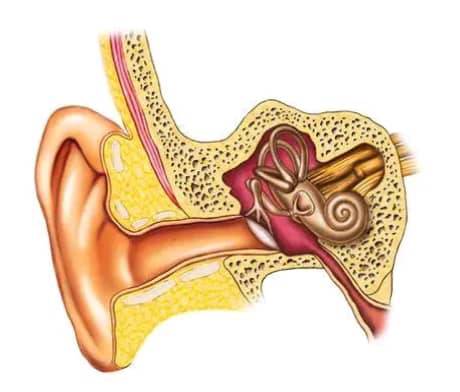Chronic Pelvic Pain (CPP)
 | ||
| Chronic Pelvic Pain (CPP) |
NO 1: Non-cyclical pain that lasts for six months or more,
NO 2: pain that occurs in the physical pelvis, and the pain is severe enough to cause functional disability or medical intervention.
NO 3: Chronic pelvic pain is a very common female problem. About 15% of women of reproductive age Report that they have chronic pelvic pain.
15% of women have chronic pelvic pain
Causes of Chronic Pelvic Pain
1st; Chronic pelvic pain comes from a wide range of causes. However, endometriosis, symptomatic fibroids or leiomyomas, and IBS are often underdiagnosed.
Causes of Chronic Pelvic Pain
2nd; Endometriosis is a common cause, but it is also commonly associated with cyclical symptoms. This means the symptoms that accompany your period.
3rd; Chronic pelvic pain and sexual dysfunction Don't forget to check the sexual abuse history.
 |
| sexual abuse history |
Chronic pelvic pain can unfortunately alter the patient's posture. This is what unusual currency looks like. However, a patient who may be in some pain may have some signs of lordosis. They may also have kyphosis. Concurrent lordosis and kyphosis are included in the common postural changes. Associated with chronic pelvic pain. Now let's review what you can find on a history and physical exam.
4th: More than any other gynecological problem, a detailed history, and physical examination are essential and are extremely important in determining the prognosis.
5th: A pelvic pain questionnaire may be used initially. To get information.
6th: In a woman with chronic pain, even a routine exam
7th: It can be extremely painful and painful. So the exam should be slow. In a relaxed environment, you explain each step before it happens.
8th: Also, the patient is reassured that she knows she can stop the test at any time.
Physical Exam: Bimanual Exam
Now let's talk about how to do a physical on a patient, any patient who is a GYN patient.
But especially a patient with chronic pelvic pain. For a two-handed test, you will need two hands. Just remember that.
STEP 1
Pain below the urethra may indicate a urethral diverticulum. This can cause chronic pelvic pain.
STEP 2
In addition, you may have pain in the previous vagina. This may reflect bladder pain, perhaps from interstitial cystitis.
 |
| Physical Exam: Bimanual Exam |
STEP 3
An enlarged uterus may suggest fibroids. But a globular uterus may also coexist with adenomyosis. For more information about fibroids and adenomyosis, see AUB Conference.
STEP 4
Animation can actually be the result of scarring. or adhesion formation. Tenderness may reflect endometriosis, diverticular disease of the bowel, or pelvic congestion.
Diagnosis of chronic pelvic pain
Again, in the diagnosis of chronic pelvic pain, a urinalysis should be performed. To rule out any bladder infection. You should also get a TSH. or thyroid-stimulating hormone to make sure it's not the cause. Transvaginal ultrasound with Doppler is also important in the diagnostic evaluation. Consider fasting glucose to rule out any diabetic neuropathic pain.
Chronic pain management
It is based on reason. If no diagnosis of chronic pelvic pain, treatment is directed toward the dominant symptom. Endometriosis is also a common cause of chronic pelvic pain. Endometriosis implants They are actually compatible with estrogen. So if you can suppress the sex steroid hormones. Then you can help improve symptoms associated with estrogen support. endometrial implants. This can be done with oral contraceptives, GnRH agonists, Progestins and certain androgens. Thanks for reading and good luck with your exam.



.jpg)

.jpg)



As Gynaecologist in Ludhiana, i would say that this is the best article i read on Chronic Pelvic Pain
ReplyDelete